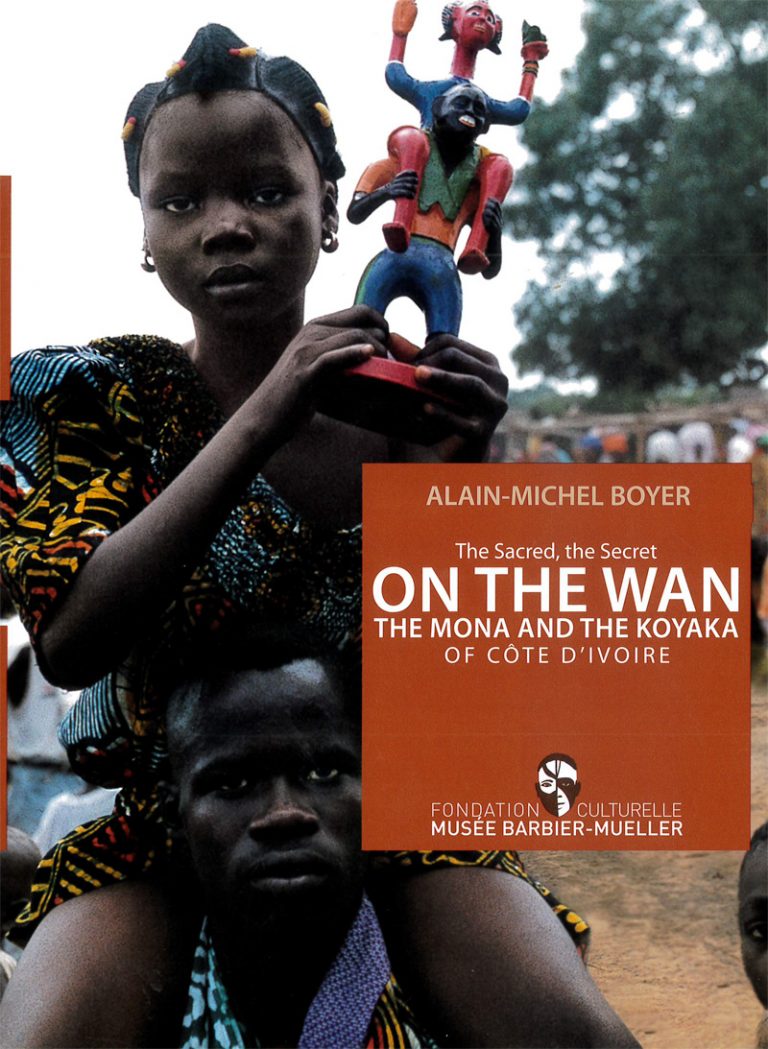ALAIN-MICHEL BOYER
How many African peoples, small in number, remain “forgotten” today, even though the countries where they live are themselves well known? That is the case in Côte d’Ivoire, which has more than sixty ethnic groups and sixty languages. And how many arts are neglected as a result, despite having influenced those of their more powerful neighbours? Such are the Wan, the Mona and the Koyaka, who live almost side by side in a few dozen villages of west central Côte d’Ivoire, and about whom the West knows almost nothing. Who could attribute any creative arts at all to them? Yet all their masks – human-faced masks, disc masks, anthropozoomorphic masks, helmet masks – evoking supernatural entities, still perform their functions during spectacular ceremonies. This plastic art, which spread to the east and the south, constitutes key pieces in the aesthetic puzzle of central Côte d’Ivoire. True, these three peoples live in a relatively remote region reached only by difficult dirt roads, and their art is in large part invisible to the traveller passing through the country, who has little chance of seeing dances with the masks (most of them barred to women, both African and Western). Then, too, the statues are concealed in the backs of houses. But the West’s ignorance about these peoples is primarily the result of the cult of secrecy that has allowed them to withstand many conquests over the centuries and to preserve their artistic independence. For them, that secrecy has a profound connection to the sacred. Did not Claude Lévy-Strauss say: “Truth reveals itself through the care it takes to conceal itself”?






